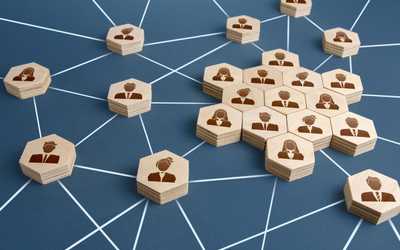Understanding the Bimodality of the Export Intensity Distribution in Thailand
Abstract
The literature has established a pattern that exporters in developed countries sell most of their output in their domestic markets. However, recent evidence finds that firm-level export intensity, defined as the ratio of exports to revenue, in at least 47 countries is bimodally distributed. In this paper, we investigate the determinants of the bimodality of Thailand's export intensity distribution by using Thailand's manufacturing firm-level census data covering the period between 2007–2017. We do not find evidence that firm productivity can explain the variation in export intensity. We document that firms with export intensity at least 90 percent, so-called “pure exporters,” can be explained by (i) the firm's characteristics, (ii) the demand-side factor, and (iii) the government's policy. Pure exporters are relatively young, have foreign ownership, produce narrow product variety, and export to high-income countries. The government's policy, such as investment promotion, can raise firms' export intensity and encourage firms to become pure exporters, there by emphasizing another important channel through which the government can increase exports.









